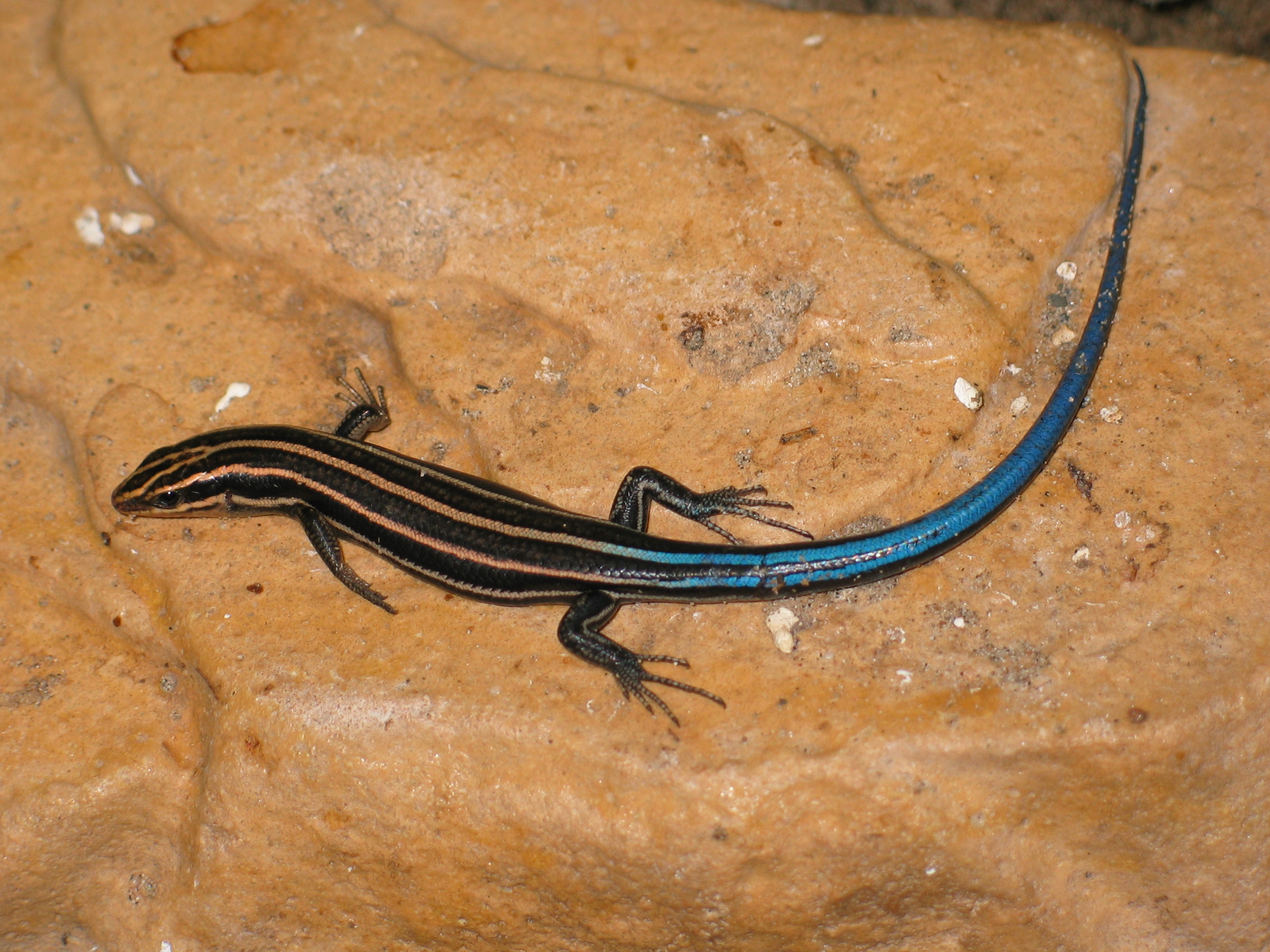Dr. Stephen Hecnar has extensive knowledge of the way living creatures are intertwined with the natural environment, which is why he's concerned about the damage humans are causing to the Earth.

Dr. Hecnar, a Lakehead biology professor, has spent his life researching the dynamics of animal populations and communities. Raised in the suburbs outside a southwestern Ontario city – with woodlots, ponds, ditches, fields, and hedgerows across the street – Dr. Hecnar's passion for studying amphibians and reptiles started in childhood.
"What an opportunity for kids to experience nature in situ. I spent much time as a kid outdoors watching and catching frogs, turtles, snakes, and other wildlife."
Dr. Hecnar earned an Honours Bachelor of Science in 1979 at Lakehead, where he read research on mammals written by Bob McCloskey at the University of Windsor, his future graduate school supervisor.
Photo credit: Darlene Hechnar
"Upon meeting him, I found he had switched his focus to using lizards to study behavioural and ecological questions," Dr. Hecnar says. "This was my opportunity to begin a master's studying skinks in Ontario and helping Bob study lizards in the Southwest US."
Dr. Hecnar then studied the community ecology of amphibians for his doctorate after learning how important amphibians were in the functioning of ecosystems. Dr. Hecnar's research goals are to develop a better understanding of the dynamics of animal populations and communities using amphibians and reptiles.

For those who don't know, five-lined skinks look like snakes – but with feet. They are not well-known creatures in Ontario, probably due to their secretive nature caused by the threat of predators such as birds and medium-sized mammals.They are considered "semi-fossorial," Dr. Hecnar says, meaning they spend some time underground.
Even when on the surface, skinks spend about 90 per cent of their time under cover of woody debris and thick vegetation from which they make short forays out for feeding or to bask near their refuges to increase their body temperature.
Five-lined skinks evolved to have blue-coloured tails that they wave to distract predators away from their head and body. They can drop their tails when captured – the severed tail wriggles for several minutes while the skink escapes. His research shows the rate of tail loss is correlated with the abundance of several large bird species such as hawks and crows, and mammals like raccoons and skunks.
The skink is one of several species that humans have put on the endangered species list by removing its natural habitat.

Gray Tree Frog Photo credit: Darlene Hecnar
Dr. Hecnar says no other species has caused as much damage to the Earth as Homo sapiens. "Of the five mass extinctions that have occurred in Earth's history, evidence indicates that each has had physical causes such as asteroid impacts and geological causes.
"Current rates of species loss compared to the fossil record suggest we are beginning to reach these historical levels, but evidence indicates the next mass extinction event is being caused by the actions of a single species: Homo sapiens.
"It's somewhat ironic that our species name translated from Latin to English means 'wise man.'"


